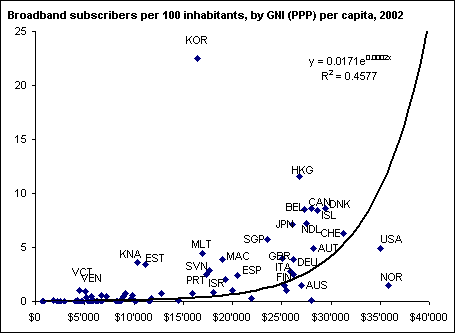Comcast say that email is not included in its broadband Internet service, according to this item on Macintouch:
I am involved with the swing dance community, and periodically need to send out between 250 – 1000 emails, to let swing dancers know of upcoming events. I have been doing this for the past five years with no problem until now. I called Comcast, and was told that “..in order to keep their servers from being used for sending spam, all residential accounts were now subject to a 10 message limit.”
Comcast gave no notice of this policy, and it cannot be found on their web site. They also told me that this was not really a change in service since “Comcast has never sold you email service. All we are selling you is connection to the internet. The email service has just been provided for free.”
The customer service person said I could get Comcast Business Service, which is unavailable in my area. Business service costs a minimum of $155. Today I was told that my only option was to buy an “Enhanced Messaging” package, which requires a $50 setup fee and costs $25 per month to be able to send 150 emails at a time.
Comcast classifies email with ten or more recipients as a business service requiring a much larger fee. To make this policy stick, they will have to either deny their users access to POP, or charge extra for it.
This is an excellent example of the kind of tiered service we can expect from the access duopolies if the FCC gets its way and declares Internet access is not a telecommunications service. Fortunately, the Supreme Court has put a temporary stop to Michael Powell’s sophistry.
